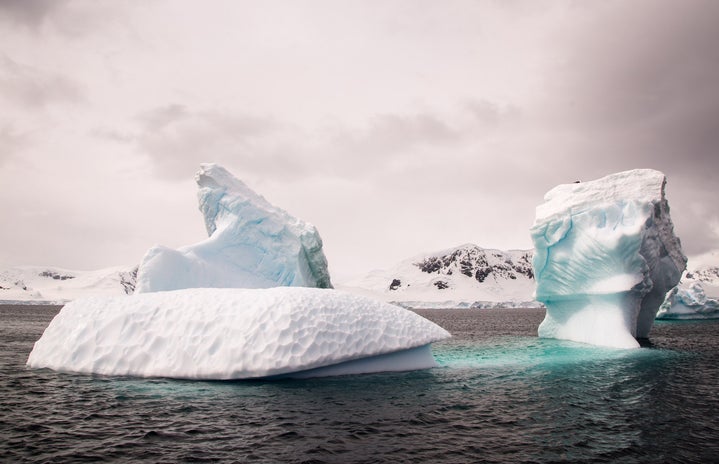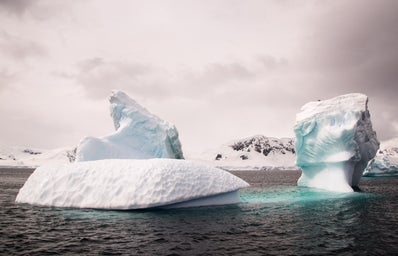It’s been a while since I’ve heard about the polar bears. What happened to them? When I was in middle school, news headlines proclaimed that the ice caps were melting, polar bears were dying, and the human species would be extinct by 2050.
Eight years later, stories about climate change have been shuffled to the back burner. Stories about Trump and the pandemic make front-page news. Is climate change no longer considered a current event? Are the ice caps frozen again? Did the polar bears make a comeback? Or are we in just as much of a hole as we were eight years ago – just as destined to succumb to our unsustainable practices and toxic habits?
The media may have decided that climate change is no longer newsworthy. As a journalist, I can understand that viewpoint. Other stories are more time-sensitive. When you look at the grand scheme of things, climate change is discussed in the context of years, often decades. On the other hand, the 2020 election is just weeks away. The pandemic is changing daily.
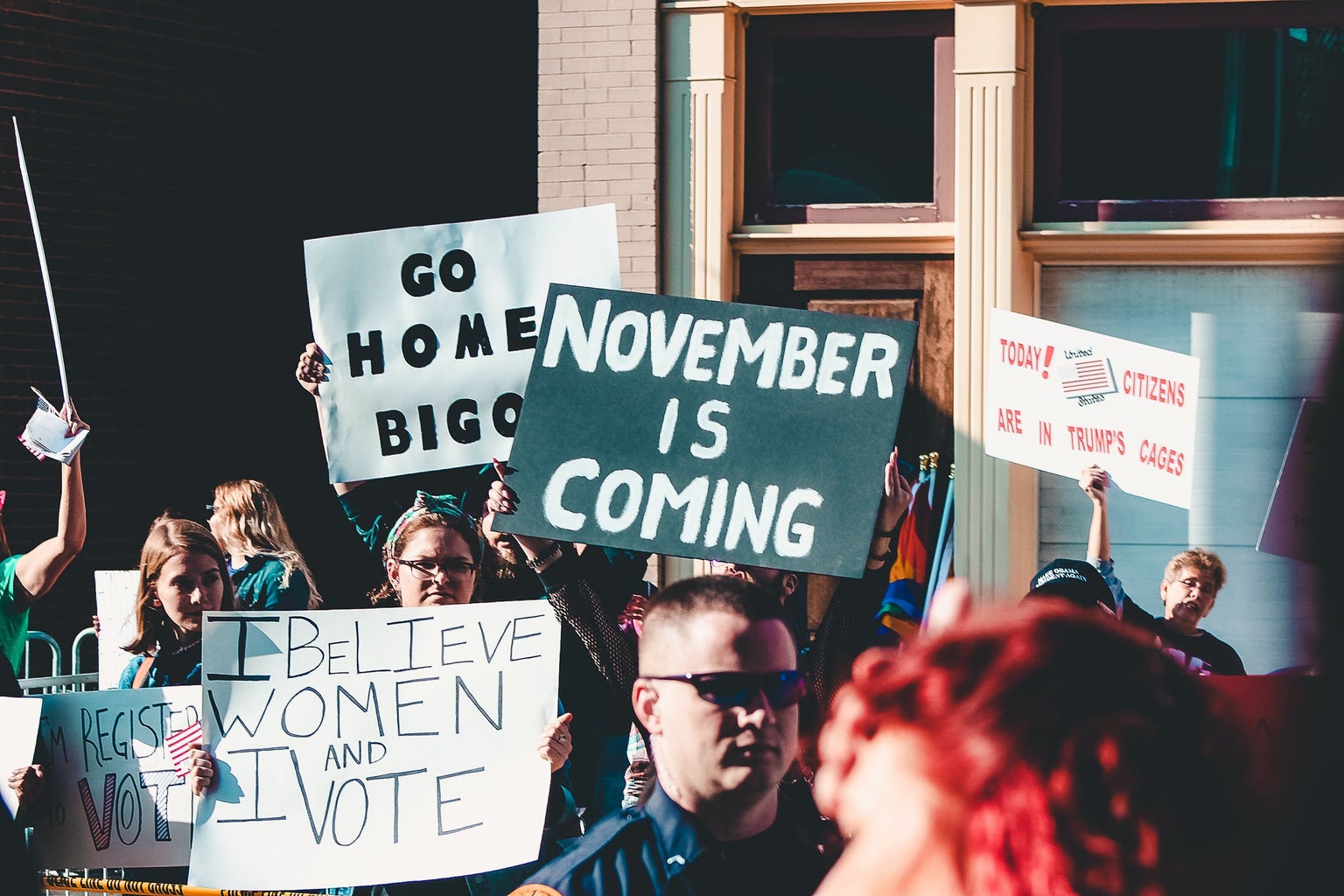
We see the impacts of these events all the time. Remember the extreme polar vortex? Yeah, that was because of climate change. The excessive number of hurricanes over the past ten years? Climate change. The Australian bush fires last year? You guessed it, intensified because of climate change. Many of the extreme weather events that have increased in frequency can all be linked to our changing climate – and it’s only going to get worse. (Climate Change: How Do We Know?)
As I said before, the Arctic is warming at a rate twice the global average, a process called Arctic amplification. Basically, the planet is heating up as greenhouse gases like carbon monoxide and water vapor concentrate in the atmosphere, acting like Earth’s very own heated blanket. Reflective sea ice in the Arctic melts, exposing dark open ocean. Dark water absorbs more heat than ice, heating the ocean and leading to even more melt. Sea ice also acts as insulation for the water. Just like when you put ice in your drink on a hot day, as the ice melts your drink’s temperature rises. (Arctic Amplification)
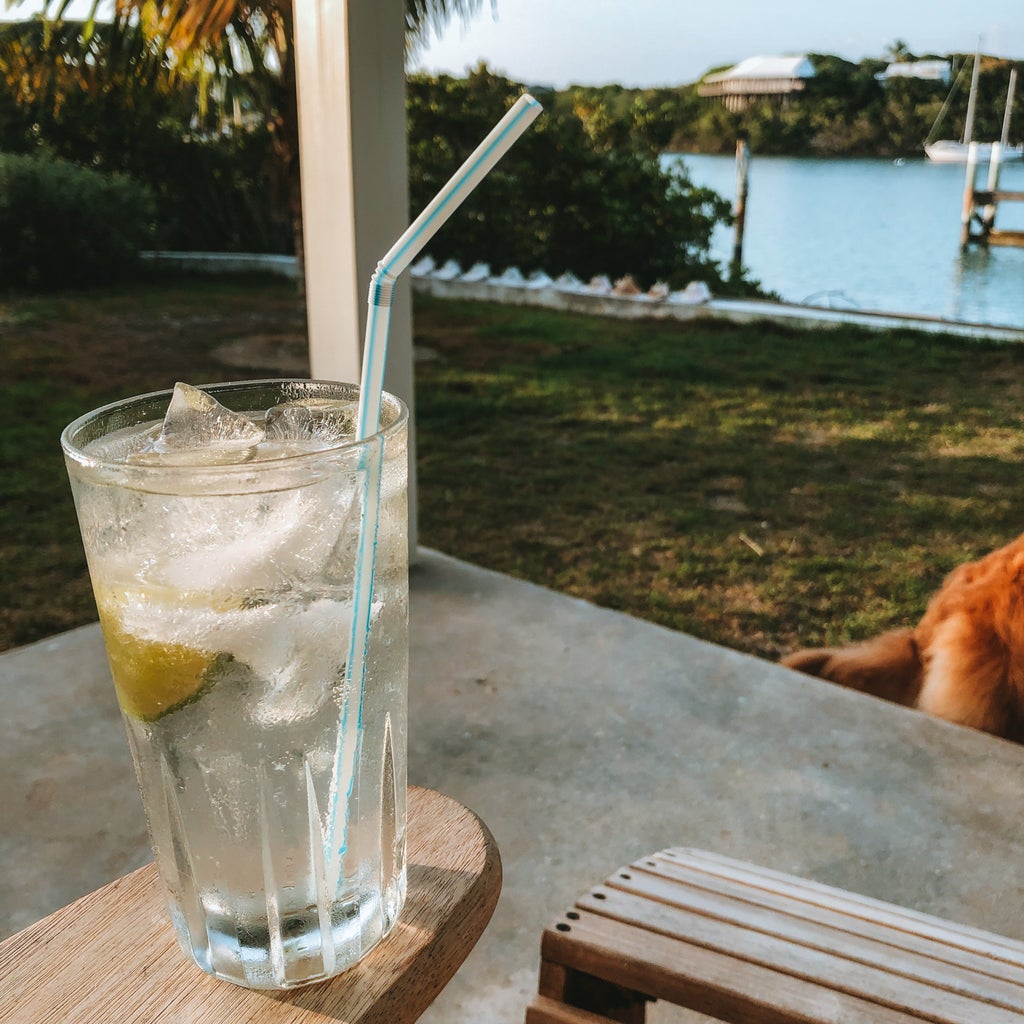
Climate warming has a myriad of effects. For starters, more cold weather events right here in Iowa, just like the extreme polar vortex two years ago. As the Arctic warms, the jet stream is at greater risk of destabilizing, and cold Arctic air can hit warm tropical winds, blasting us with frigid conditions. You can read my article on the polar vortex for more information. (The influence of Arctic amplification on mid-latitude summer circulation)
Climate warming makes problem areas worse. Areas that already have trouble with annual drought continue to see less rain and more heat, worsening and lengthening their dry season. In fact, the Sahel, a region just south of the Sahara Desert, has become practically uninhabitable because of the extreme desertification that’s taken place over the past several decades. Regions with already high precipitation levels, like the southeast coast of the United States, have experienced even more rainfall. Hurricanes in particular are increasing with frequency and intensity. (The Effects of Climate Change)
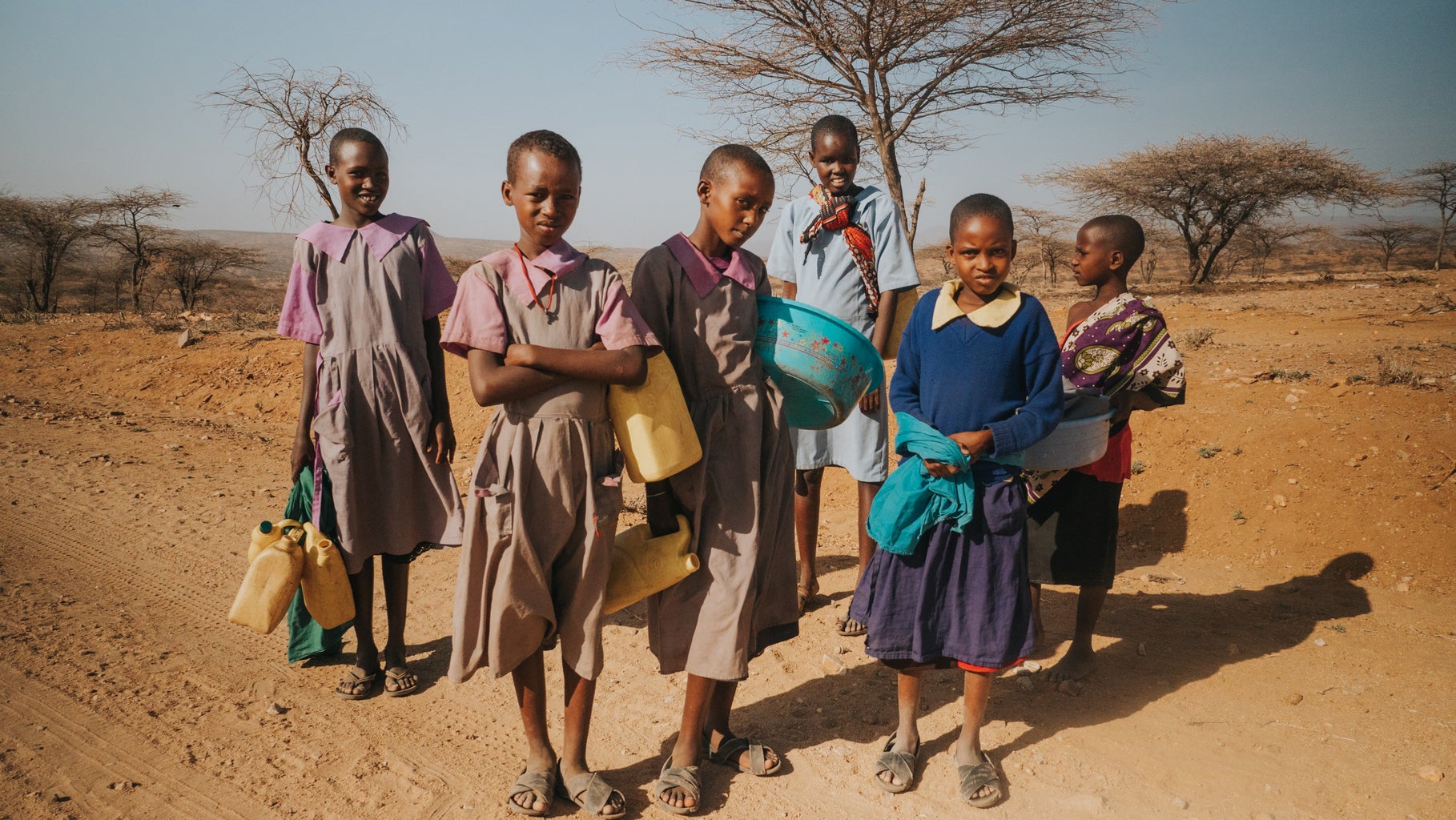
More often than not, the regions that experience the greatest impacts of climate change are also the regions that contribute least to climate change. Environmental justice has become a major social dilemma. Why should impoverished countries be forced to carry the burden of wealthy, capitalistic nations? Who protects the women and children laboring in factories, breathing toxic fumes from burning rubber and spraying chemicals? What choice do the people of the Sahel have as their land burns around them for reasons they cannot explain?
It’s been a while since I’ve heard about the polar bears. Too long since I’ve heard of Green initiatives. Greta Thunberg has faded into irrelevance.
The news has not voiced these stories in a while, but that does not mean they have gone away. Somehow, Trump’s latest public humiliation has been deemed more newsworthy than the obliteration of the Amazon rainforest by capital corporations. Political divisions are apparently more important than unifying as a species to fight a common threat. COVID-19 conspiracy theories are more provocative than the absence of U.S. participation in international sustainability efforts.
As a journalist, I understand. But as a scientist, I am offended. And as a human being, I am disgusted at the media for deciding that my planet is no longer important enough for their headlines.
References:
https://climate.nasa.gov/evidence/
https://nsidc.org/about/monthlyhighlights/2009/09/arctic-amplification
https://www.nature.com/articles/s41467-018-05256-8
https://climate.nasa.gov/effects/
